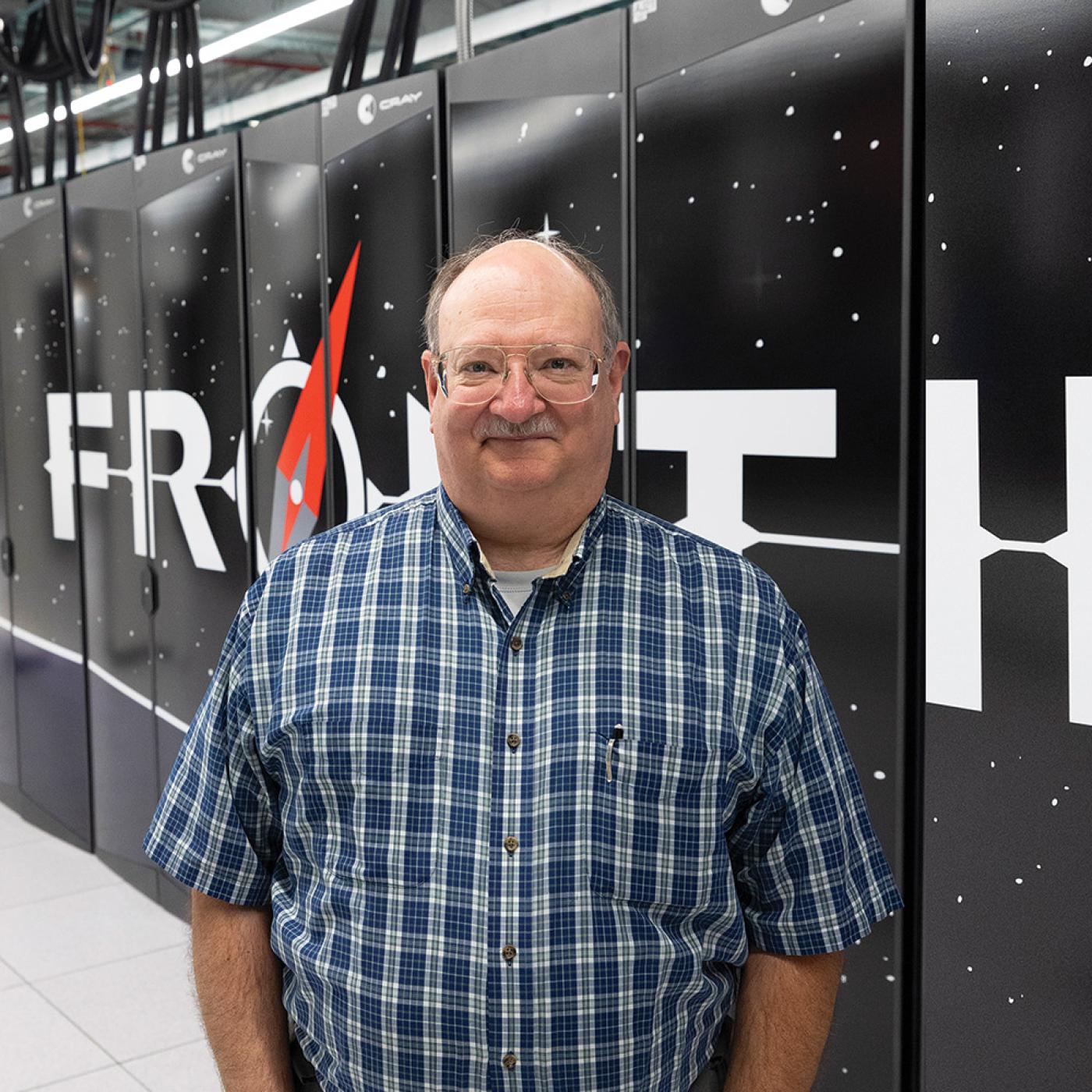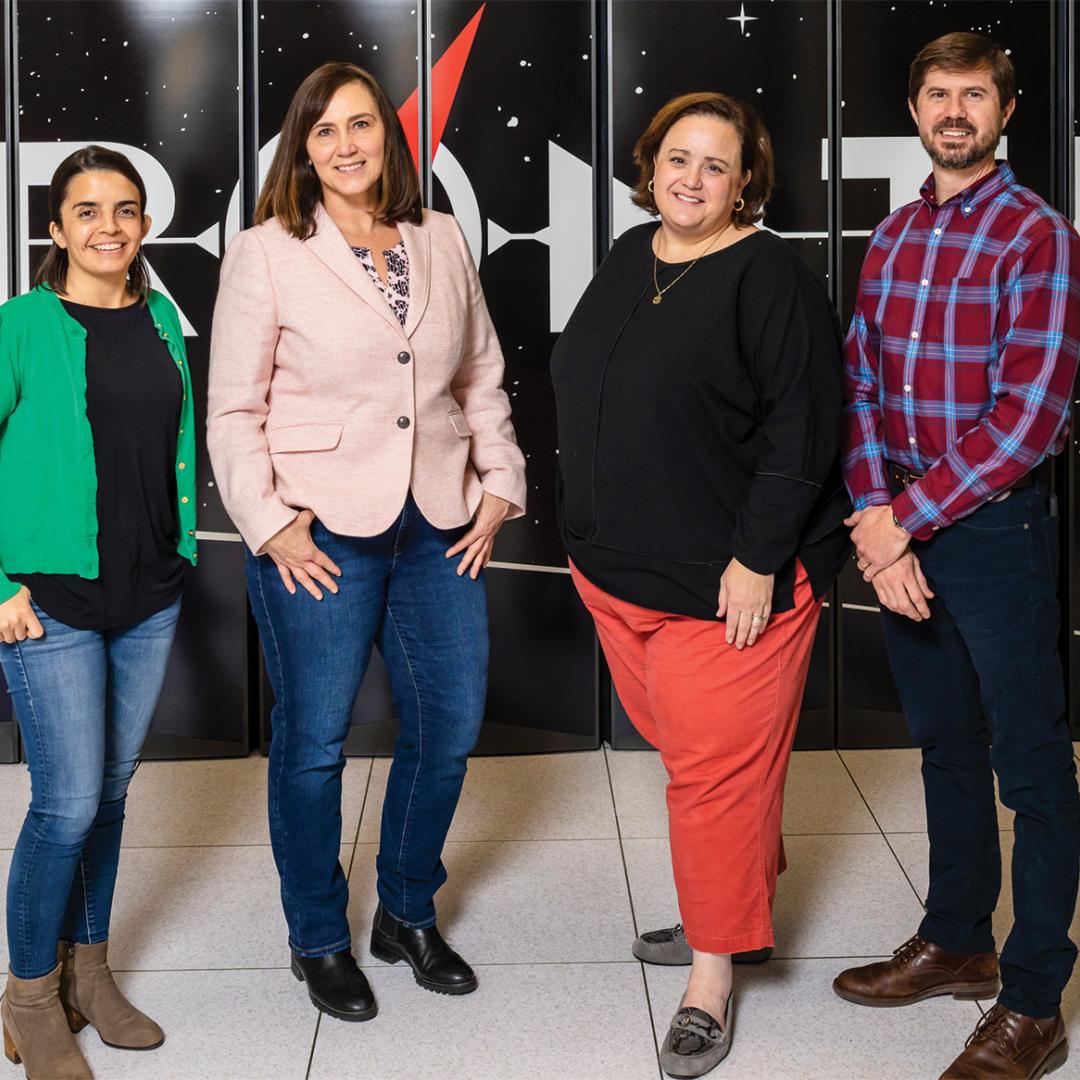Filter Issues
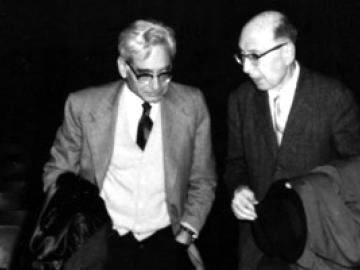
A casual observer might be forgiven for thinking the Manhattan Project produced nothing more than a bomb. In reality, the physicists who harnessed the atom also opened the door to a practically inexhaustible energy source.
That reality was clear to future Nobel Prize-winner Eugene Wigner. When Wi...
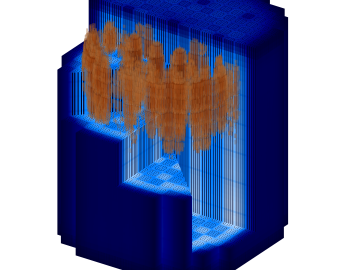
Researchers with the ORNL-based Consortium for Advanced Simulation of Light Water Reactors have performed the first major computational simulation of the operation of a nuclear power reactor.
Using a software suite known as the Virtual Environment for Reactor Applications, or VERA, they modeled t...
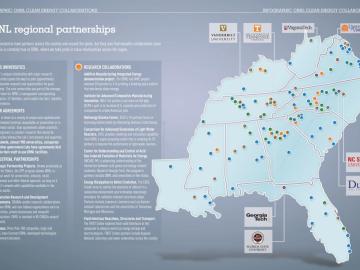
See also:
ORNL researchers go for a big impact
In praise of the power grid
Grad students create biotech company, continue research project
...

Electricity powers our work and our lives, keeps us warm in the winter and cool in the summer, and drives the economy. The distribution of electric power around the world—electrification, as it’s called—is so important, it was named the greatest engineering achievement of the 20th century by the Nat...

The Advanced Research Projects Agency-Energy gives researchers an opportunity to pursue projects that have the potential to change the way we generate, store and use energy.
Established by 2007’s America COMPETES Act, the agency has invested in more than 400 projects across more than 20 pro...
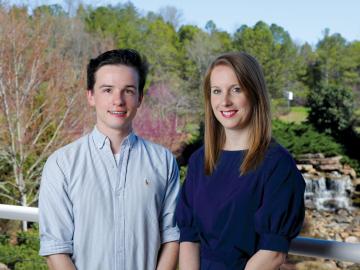
A class project to explore the commercial potential of an ORNL-developed technology has evolved into a full licensing agreement for two students at the Bredesen Center for Interdisciplinary Research and Graduate Education.
Beth Papanek and Patrick Caveney formed biotechnology startup Nano Element...
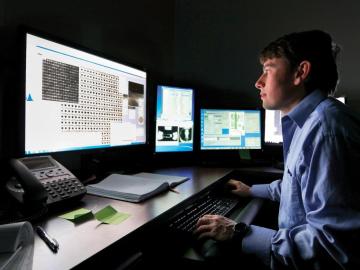
For all the power and complexity of today’s computers, they can still be boiled down to the binary basics—using a code of 1’s and 0’s to calculate and store information. Since the 1980s, though, some computer scientists have strayed from this simple language. They suggest that computers could speak ...



